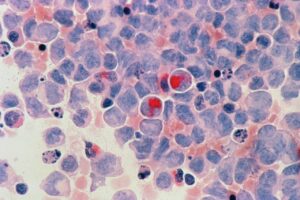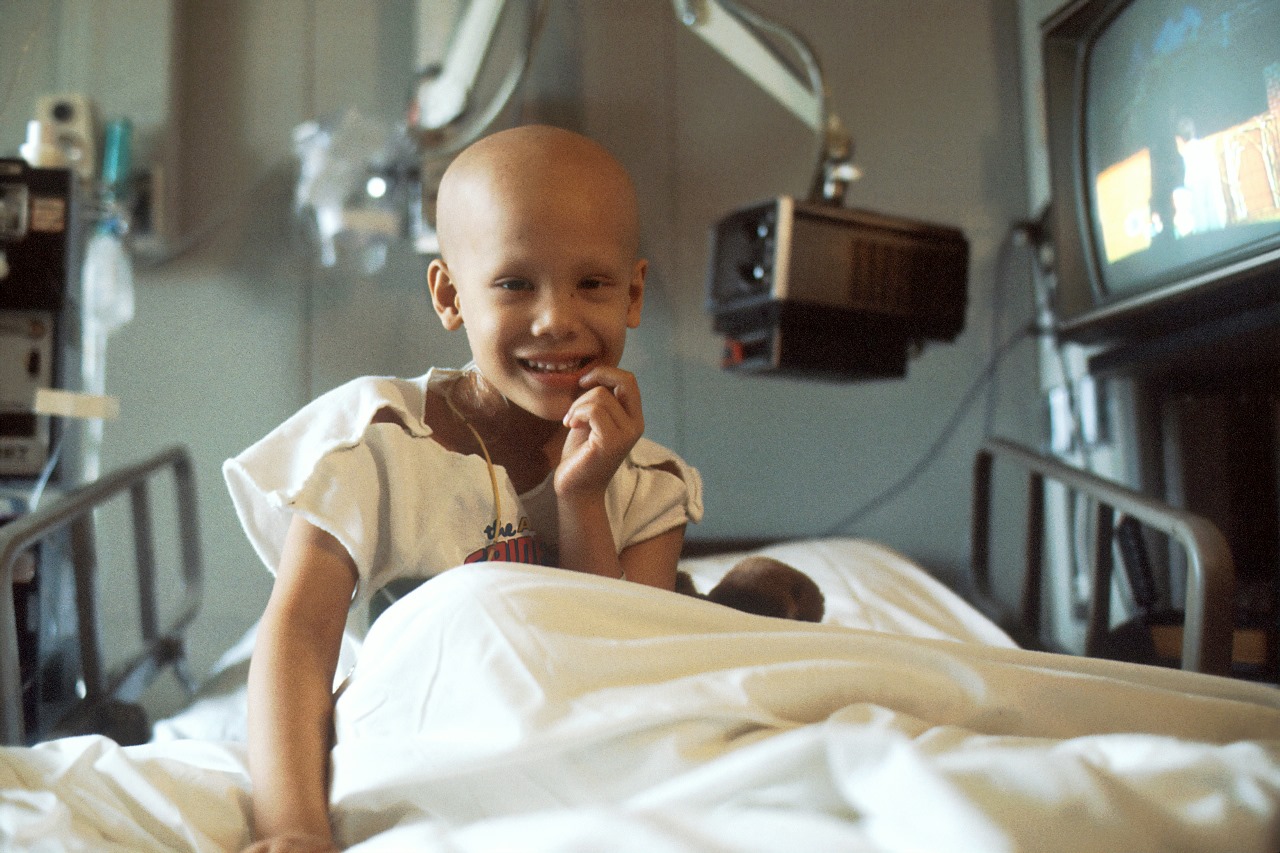EXERCISING FOR BREAST CANCER.
The diagnosis of breast cancer brings challenges, lots of emotions, time off work, a new routine and a range of side effects. The last component of treatment that an individual is likely to consider is regular exercise, however exercise is an integral part of management of breast cancer during and after treatments have ended. In 2018, COSA, the Clinical Oncology Society of Australia, called for exercise to be embedded as part of standard practice in cancer care and to be viewed as an adjunct therapy that helps counteract the adverse effects of cancer and its treatment. Best practice cancer care also included referral to an exercise professional with experience in cancer care, such as an Accredited Exercise Physiologist.
Regular physical activity will assist with:
» Maintenance of lean muscle mass » Maintenance of Bone Mineral Density (BMD) » Manage and reduce cancer-related fatigue
» Improved mood » Maintaining aerobic conditioning » Manage flexibility and mobility, especially after surgery and reconstructive surgeries » Improve appetite and reduce nausea (a common side effect of chemotherapy)
» Enhanced outcomes during and post-treatment
» Reduction in overall side effects experienced
» Improved sense of being connected and social interaction.

HOW MUCH EXERCISE?
The amount and duration of exercise will depend on the individual, their treatment and ability to engage in regular physical activity. Just remember, something is better than nothing. Overall, the general guidelines for individuals with breast cancer are to engage in 30 minutes of exercise on most (5+) days per week. This can be accumulated in 10 minute blocks throughout the day. The intensity of the exercise is recommended to be moderate. This means a slight increase in breathing rate, heart rate and body temperature.
WHAT TYPE OF EXERCISE?
Firstly, find something that you enjoy. Use this time as your time away from all the medical appointments, scans, results and waiting rooms! Any type of exercise is better than none. So maybe try out a few different things and see what feels best for you. It might be a walk with a friend, a yoga or Pilates class, or a weekly session with an Accredited Exercise Physiologist.
WHAT SHOULD I BE CAREFUL OF?
Lymphedema is swelling of the arm or upper limb which can occur in women who have had lymph nodes removed or damaged during surgery. The good news is that exercise and regular movement can reduce your risk of developing lymphoedema as well as managing symptoms for those who do have lymphoedema. Remember, gradual implementation of exercise is key and will assist in your recovery on many levels. Weight gain is very common after diagnosis which can be related to treatment options as well as lack of activity. Regular physical activity will not only help you to manage your weight but also improve your lean muscle mass so that you are able to maintain your strength and function.
MOTIVATION AND WHERE TO START?
» Remember, start small. Set realistic goals for yourself.
» It might help to have an exercise buddy or friend or family member who joins you or just checks in on how you are going.
» Set a reminder on your phone or place a reminder quote on your fridge.
» Keep a diary of how you are feeling. An exercise or mood diary can be satisfying to see you commitment but also provide you with insight on how physical activity is affecting other areas of your life and well-being.
» Research suitable groups and sessions in your local area and community.

WHAT MIGHT BE SOME OF THE BARRIERS AND WHAT SHOULD I DO ABOUT THEM?
Finances It is important you find an exercise option that suits your budget. This will ensure a sustainable approach to physical activity as well as reduce any extra stress you may have relating to finances.
» Opt for the outdoors! It’s free! Try going for a walk or jog in the local park or completing some body weight exercises in the garden.
» Research cost-effective programs in your local community.
Most local councils offer walking groups, tai-chi or yoga programs which are either free or very low cost options. You may be eligible for a rebate from your Private Health Insurance for any sessions provided by an Accredited Exercise Physiologist. This is something to be mindful of when researching suitable providers and locations.
Side Effects of Treatment
Fatigue and nausea are two big side effects experienced by those undergoing cancer treatment. Research shows that by even engaging in a small amount of structured physical activity, these side effects can be lessened and in some case even provide an energy boost. Try and choose a time to exercise which is most comfortable for you. For example, if you are often more fatigued or nauseated in the morning, opt for an afternoon exercise regime.
WHAT SORT OF PROGRAMS MIGHT SUIT ME?
Many Accredited Exercise Physiologists in the community may run or have access to targeted exercise groups for you to try. Some of these programs may also be low-cost options to make access easier for you and those in a similar position.
STRENGTH TRAINING
Good for reducing insulin resistance, increasing metabolic rate, improving body composition (more muscle and less fat tissue) Bodyweight exercises like squats, push-ups, or tricep dips improve the function of insulin in your body, but can also boost your metabolism by building more muscle mass. Don’t worry though; you won’t bulk up unless you’re taking steroids! More muscle simply means burning more calories while exercising, but also throughout the day, even at rest. Combining resistance moves with cardio exercise is the best way to ensure you’re building a lean body, achieving a healthy BMI, and reducing your risk of chronic diseases like type 2 diabetes.

HOLLY’S EXERCISE JOURNEY WITH BREAST CANCER At 31,
Holly was diagnosed with breast cancer. Shortly after her diagnosis, she started chemotherapy treatment and underwent a double mastectomy. Holly shares her exercise journey with us and how sessions with her Accredited Exercise Physiologist made her feel ‘amazing’ and ‘like her old self again’, physically and mentally. Holly encourages everyone going through cancer treatment to be physically active; “to be in control of something is a positive part of recovery that anyone can do.”
